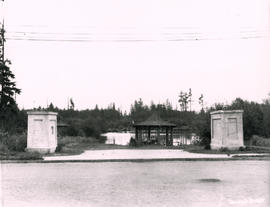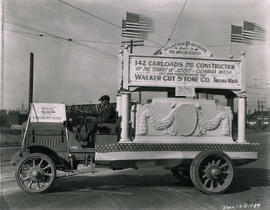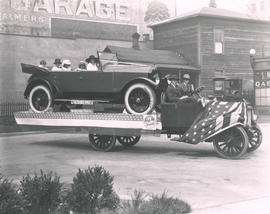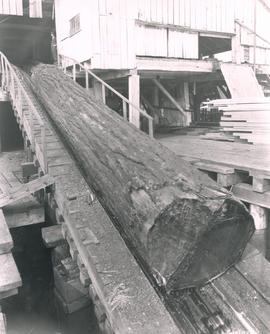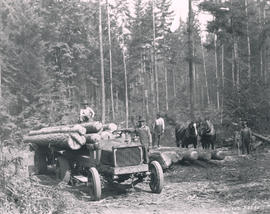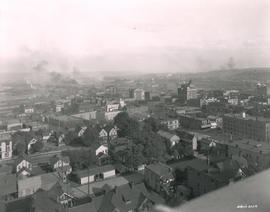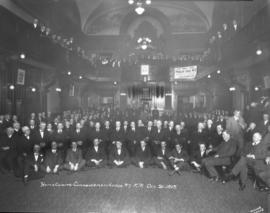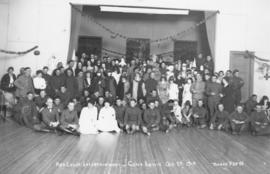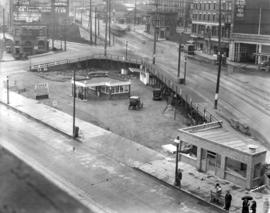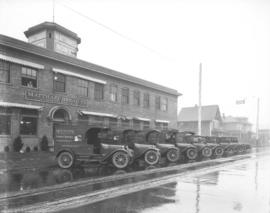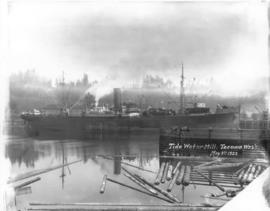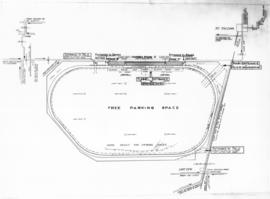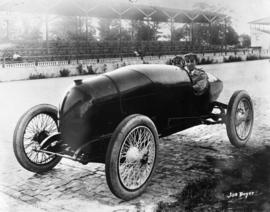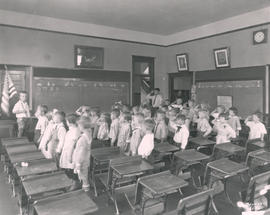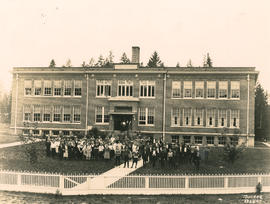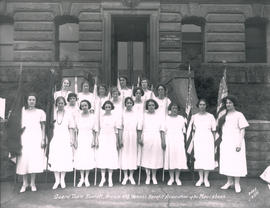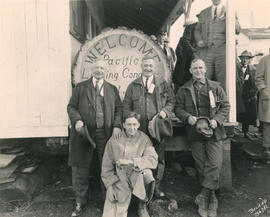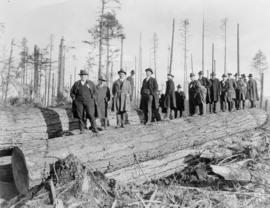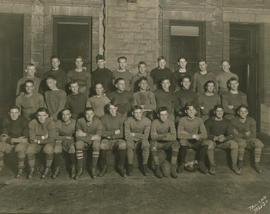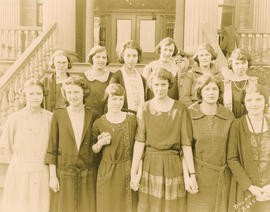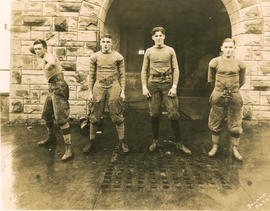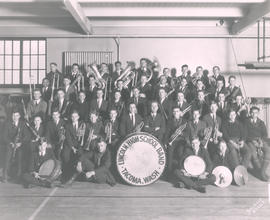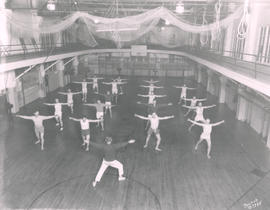- Item
- 1919-06-30
Part of Marvin Boland Photographs
Spring Lake, pictured, was located at the heart of one of the area's first suburbs, Regents Park (now Fircrest.) Developed west of Tacoma in 1907 by a group of investors led by the "Amateur Hour" star Major Edward J. Bowes, Regents Park was built on 200 acres with paved roads, its own water system, sewers and an artificial lake at its center. It was a 20 minute ride by streetcar from the commercial district of Tacoma. The two large cement blocks in the front of the lake, empty in 1919, were originally crowned with lions, installed at the time of early development. ("Of Lions & Dreams, Of Men & Realities" an illustrated history of Fircrest, by Osness; Tacoma Sunday Ledger 7-6-19, B-1-photograph) G72.1-110
Real estate development--Fircrest; Lakes & ponds--Fircrest; Regents Park (Fircrest);
